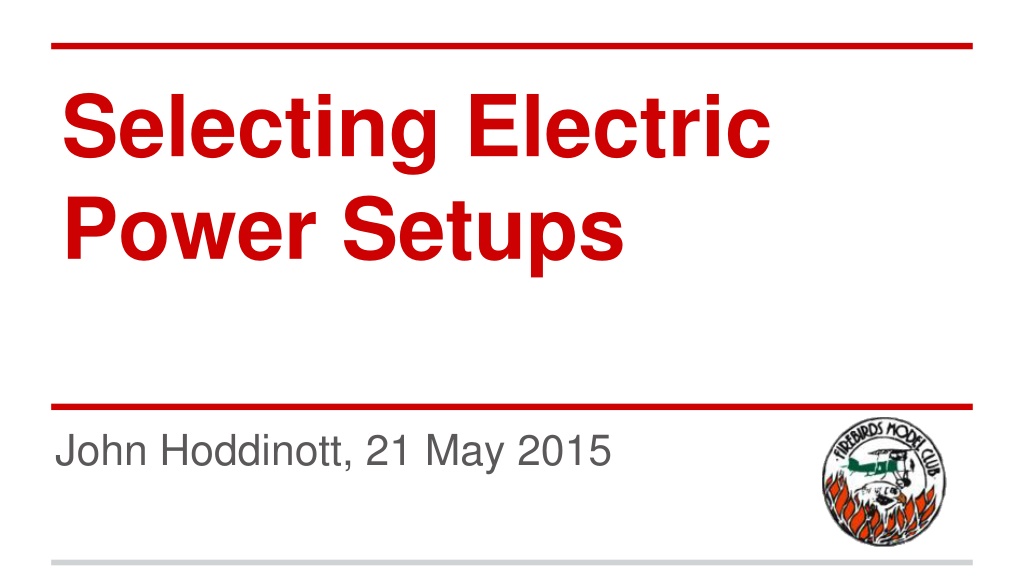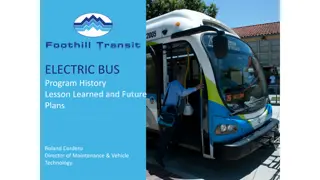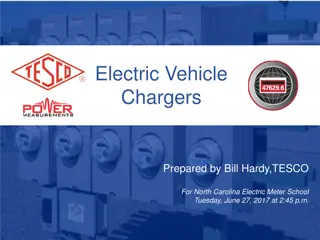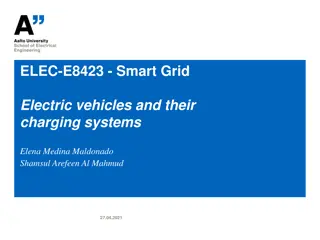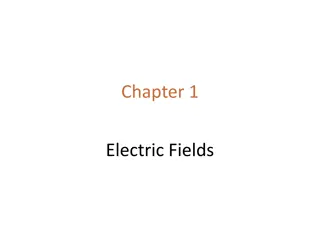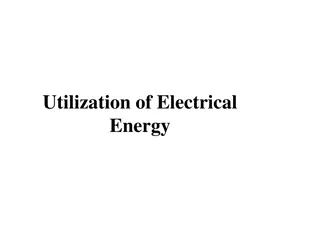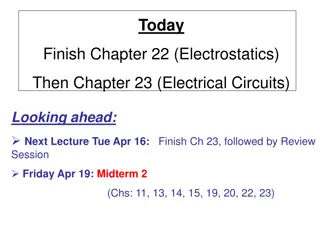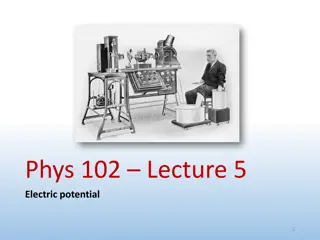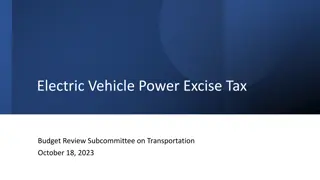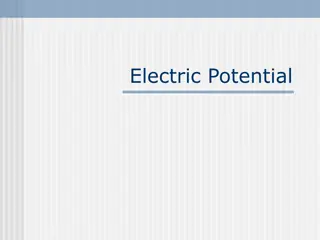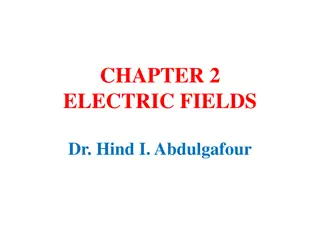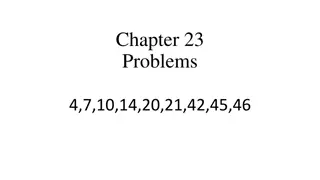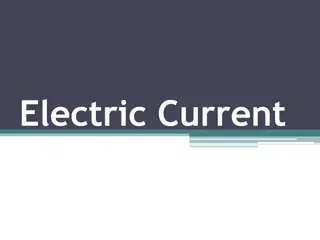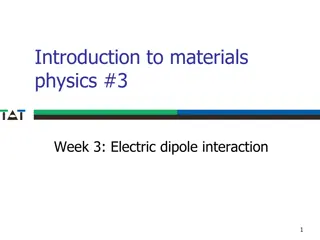Understanding Electric Power Setups for Efficient RC Models
Exploring the components, advantages of brushless motors, importance of setup, key definitions, and a detailed process for selecting the right power setup for optimal performance in RC models. From estimating power needs to testing setups, this guide covers all aspects to enhance your flying experience.
Download Presentation

Please find below an Image/Link to download the presentation.
The content on the website is provided AS IS for your information and personal use only. It may not be sold, licensed, or shared on other websites without obtaining consent from the author. Download presentation by click this link. If you encounter any issues during the download, it is possible that the publisher has removed the file from their server.
E N D
Presentation Transcript
Selecting Electric Power Setups John Hoddinott, 21 May 2015
Components of the Setup Brushless Motor Electronic Speed Controller (ESC) Battery (Usually LiPo, but could be NiCad, NiMH, LiFe, etc) Propeller Connectors/Wiring
Why Brushless Motors? Brushless motors offer several advantages over brushed DC motors (according to Wikipedia!): high torque to weight ratio increased efficiency increased reliability reduced noise longer lifetime (no brush and commutator wear) reduction of electromagnetic interference
Why is the Setup Important? Performance Efficiency (longer flight times/smaller & cheaper batteries) Safety
Some Definitions V - Voltage (Potential Difference) in Volts (V) I - Current in Amperes (A) P - Power in Watts (W) P = V x I (Ohm s Law) RPM - Rotations per Minute kV - RPM per Volt mAh - milliamp hours (a measure of battery capacity) C rating - A measure of the discharge (or charge) rate of a battery as a multiple of its capacity
My Process 1. Estimate Power Needed 2. Decide on Maximum Flying Speed 3. Calculate Ideal Thrust 4. Calculate (or Measure) Maximum Propeller Diameter 5. Select Preferred Battery Voltage 6. Find a Setup 7. Test/Check the Setup
Step 1 - Estimate Power Model Type or Flying Style Example Power Range in Watts (W) per pound (lbs) Trainer/Powered Glider/Scale Light Aircraft/Vintage Mentor, Habicht, Cub, Junior 60 60 - 100 Sports/Scale Warbird/Bi-Plane Wot4, Mustang, Gemini 80 - 120 Aerobatic/Pattern Ship/Warm Liner Yak 54, Angel, Blaze 120 - 200 3D Aerobatic Shock Flyer, AddictionX 150 - 250 Hot Liner/Pylon Racer Speedy, Nemesis 200 - 300+
Step 2 - Flying Speed Model Type or Flying Style Target Flying Speed (mph) Trainer/Powered Glider/Scale Light Aircraft/Vintage 30 - 50 Sports/Scale Warbird/Bi-Plane 40 - 70 Aerobatic/Pattern Ship/Warm Liner 50 - 80 3D Aerobatic 25 - 50 Hot Liner/Pylon Racer 80 - 100+
Step 3 - Thrust How much thrust do we need to fly? Less than you might think!
Step 3 - Thrust to Weight Examples Aircraft (full size) Thrust to Weight Cessna 172 0.28 Concorde 0.373 BAE Hawk 0.65 Harrier 1.1 Typhoon 1.07 Space Shuttle 1.5
Step 4 - Propeller Diameter Bigger is better (usually)
Step 5 - Battery Voltage Use Ohm s Law to calculate the battery voltage that provides the desired power with sensible current level. P = V x I Therefore V = P / I But what is a sensible current level?
Step 5 Battery Current Capacity Battery current capacity is calculated by multiplying the pack capacity (in mAh) by the C rating. Example a 2200 mAh pack rated to 25C can produce: 2200 x 25 = 55,000mA = 55A
Step 5 - Connector Current Capacity Deans - 100A XT Series - 30/60/90A EC3 - 60A EC5 - 120A JST - 3A
Step 6 - The Setup Using the data we now have (power, flying speed, thrust, propeller diameter and voltage) we now have all the information to find a setup that works. But how? Get on the internet and search!
Step 6 - Typical Motor Specs Nominal Voltage (V) LiPo Cell Count Typical Motor kV Typical Stator Diameter (mm) Typical Motor Weight (g) Typical Prop Diameter (inches) 7.4 2 1200 - 2000 15 22 10 100 Under 10 11.1 3 800 - 1400 18 30 25 200 6 14 14.8 4 600 - 1000 22 40 100 250 10 15 18.5 5 450 - 700 30 40 175 350 12 16 22.2 6 350 - 550 40 50 200 400 14 18 29.6 8 250 - 300 50 60 400 800 16 22 37.0 10 180 - 250 60 + 600+ 18 - 24
Step 6 - Some Good Web Sources AXI Motors http://www.modelmotors.cz/index.php?page=1 Hacker http://www.hacker-motor-shop.com/?shop=hacker Scorpion Power Systems http://www.scorpionsystem.com Eflite http://www.e-fliterc.com Emax http://www.emaxmodel.com
Step 7 - Testing Physical Testing Using a Watt Meter
Step 7 - Testing Testing using ESC Data Logging Capabilities
Step 7 - Testing Testing using a Calculator Tool (e.g. eCalc)
Summary 1. Estimate Power Needed 2. Decide on Maximum Flying Speed 3. Calculate Ideal Thrust 4. Calculate (or Measure) Maximum Propeller Diameter 5. Select Preferred Battery Voltage 6. Find a Setup 7. Test/Check the Setup 8. Charge Batteries 9. Go Flying!
Thank you That's it, I'm off ohm... That s it,I think you ve heard Amp le from me. I m off Ohm...
